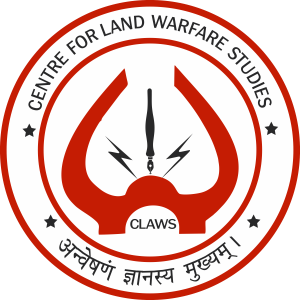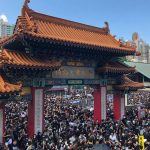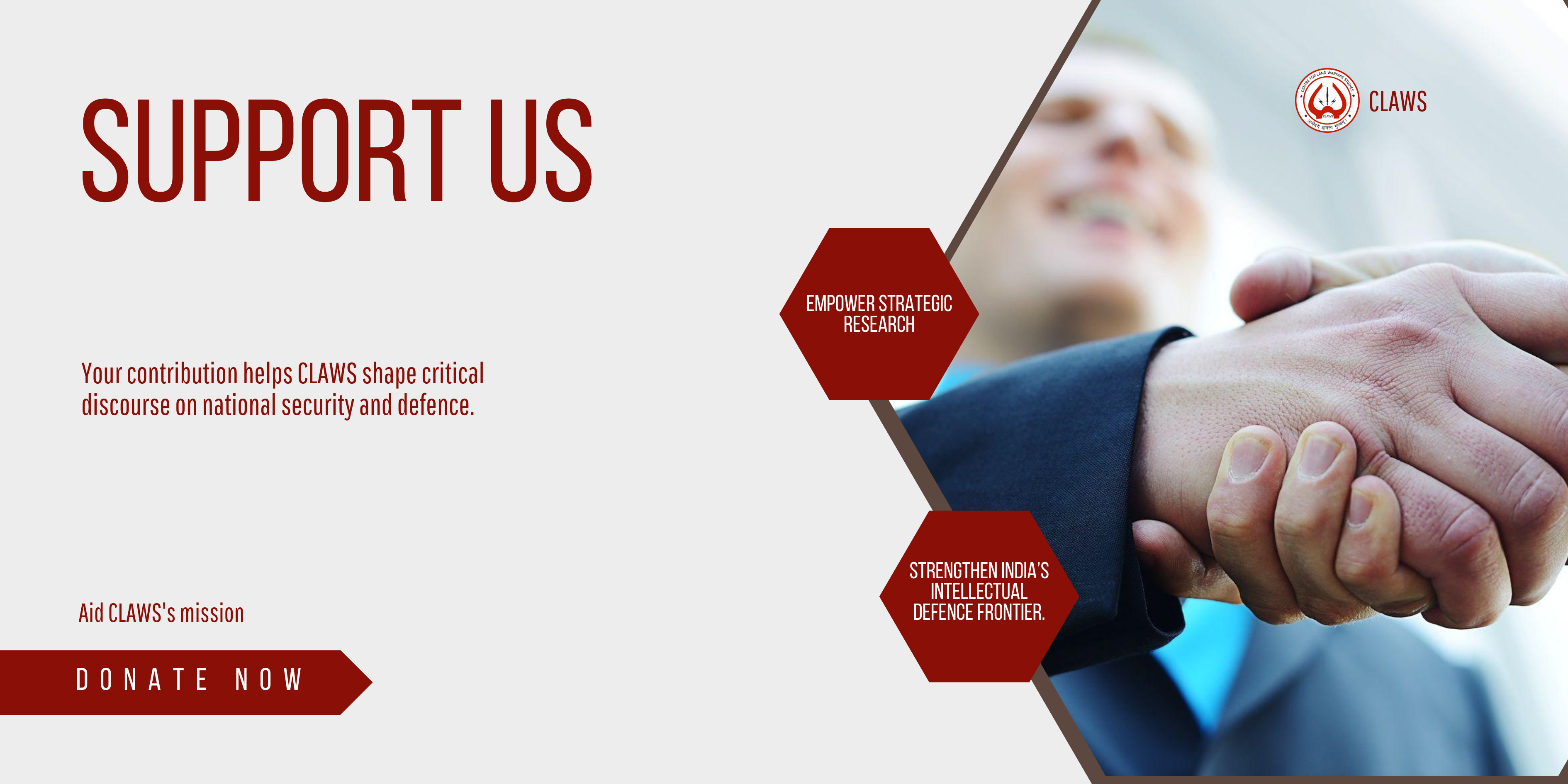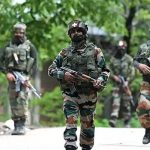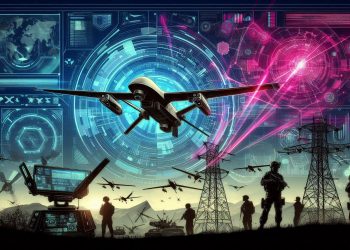On 08 April 1989, Mr Jagmohan, the Governor on Jammu and Kashmir (J&K) wrote to the PM of India, “”…the situation is fast deteriorating; it has almost reached a point of no return… The situation calls for an effective intervention. Today may be timely, tomorrow may be late.” Over last three decades Army and other Security Forces have dynamically operated in J&K, in near incessant counter–terrorist (and counter-infiltration) operations, albeit of varying intensity and changing arcs of concentration. In this course, certain doctrinal guidelines became the building blocks of Indian Army’s dealing with the terrorism in J&K, as the key rules of engagement. First, the Chiefs of Army Staff (in plural) had laid down and reiterated commandants – which have been comprehensive, broad based, and became etched in stone for all troops operating in J&K. Second, Rashtriya Rifles and Special Forces became the mainstay as the main counter-insurgent forces; launching people-centric, actionable intelligence based counter-terrorist operations, avoiding collateral damage. The epithet “iron fist in a velvet glove” was enunciated that implied a balance between resolute counter terrorist operations and a humane approach towards the populace at large in the conflict zone. Third, use of minimum calibrated force highlighted the self-imposed restrictions on use of force, like the considered decision to not employ offensive air power or artillery against terrorists, being indiscriminate and leading to large-scale casualties. The principles of discrimination and proportionality had been stressed upon repeatedly in the army. This related to differentiation between the terrorists and innocent population in a conflict zone. While the army conducts deliberate operations with proportional and justifiable force against terrorists, there is a concerted attempt to safeguard the people, who remain in danger as a result of collateral damage. Fourth, it was repeatedly stated that the centre of gravity of the proxy war will always be the population. To this end, Operation Sadhbavna was initiated with the aim of carrying out developmental activities to meet aspirations of the people thereby winning their hearts and minds. Fifthly, and most importantly, it was always understood that the role of the Army (and Security Forces) was confined to creating a secure and conducive environment for the initiation of a political process. This is that as and when the situation became conducive, the Army would retreat to the proverbial barracks!
In numerous times in the past three decades, the situation at large in J&K had seemed to be comparatively encouraging to initiate political processes. However, external abetment continued. It is always difficult to base upon statistics, like the numbers of infiltration attempts, the terrorist initiated incidents, the number of militants killed, or the numbers of fresh recruits, to foretell or become true barometer of the success quotient of a counter-terrorist campaign in J&K. Hence, with the extended duration of the employment of the Army in counter terrorist operations, the security strategy became one of containment than to reverse the thrust of insurgency. Hence, with changing nature to agitation, in the past decade and a half, the chorus from the nation was to initiate a political process. There were distinct attempts in 2003 Agra Summit and the back room parleys in 2006-2008 to negotiate a solution with Pakistan. Simultaneously, interlocution through well-minded citizenry was undertaken, opening channels of communication with various parties within J&K. All were aimed at creating the environment for commencement of a political process. Apparently, all came to a nought.
Then 05 August 2019 brought about a much anticipated forceful political thrust – the abrogation of Articles 370 and 35A, the UT-isation of Jammu and Kashmir and Ladakh separately. This is a totally amended paradigm. The post-script to this near earth-shaking politically driven process is yet being written, but suffice it, that the ground arithmetic stands revised. At this juncture, it is mandated to re-emphasise that the role of the Army (and Security Forces) is to create a secure and conducive environment for the initiation of a political process. Unmindful of the security environment of the State, the political process stands initiated, and even if it has taken a converse method of addressing the imbroglio, the plunge has been taken. It becomes necessary hence that the Army and the security forces revisit and revise their mandate, internally and on their own initiative. There is a prime necessity to match the political process with ingenuity and inventiveness.
As a prelude, it is imperative that in the changed environment, the well worn and now meaningless clichés and rhetoric that gets most often repeated are junked forever. Many of these cause consternation and dismay among the peoples and alienate them further – not advantageous to the newly commenced peace processes. The population in Kashmir is our kith and kin, and must not be referred to as centre of gravity – a military soubriquet. Similarly ‘iron fist in a velvet glove’ was useful in the past. While focused counter terrorist operations must continue, there may be no need for an iron fist – it sounds too brutal. Three decades of winning hearts and minds, and Op Sadhbavna should take a back seat, it not altogether stopped. The Government is undertaking strong initiatives to bring about well planned socio-economic and infrastructural development. Already the UT and Central Administration are reaching out to village panchayats, and should be planning to reach far and wide to the masses, ameliorating their suffering and providing for their needs.
In this context, four postulations are proffered:
- First. Centre of Gravity is the source of power that provides moral or physical strength, freedom of action, or will to act. Centre of Gravities need to adapt or change to the environment, and remaining fixated may be counter-productive. In J&K the problematic history, its synthesis with radicalisation and people’s grievances is the larger cause of the imbroglio. It is the radical ideology that is currently pumping the agitation and terrorism, duly controlled and abetted by Pakistan. It is also the radical organisational structure that propounds and supports this radical ideology that is of concern. The emphasis on Kashmiri identity over the ages and its preservation thereof, fruits of socio-economic development and countering of adverse misinformation, will be the key to de-radicalisation. There is need for a long term perspective to contest the radicalisation – and on a war footing, albeit it will be a long term enterprise. Counter radicalisation requires experts – social scientists, psychologists and religious teachers to evolve the approach to condition the minds.
- Second. The Army has an acknowledged role in nation building, one of the guarantors to the idea of India. With this as forethought, the Army has to proceed in the J&K in this amended paradigm. The units and sub units are located and operate in all nooks and corners of the state, and have intensive interaction, relations and often great rapport with the peoples of J&K and the Panchayats. More often than not, the administrative machinery is unable to have the same access and knowledge, largely due to security concerns. Commencing from the grass-roots the Army can help prepare a blueprint of what is infrastructurally imperative in the state – roads, tracks, culverts/ bridges, electricity and transmission, water supply, sewage systems, pucca houses and the like. The Valley has a credible infrastructure, especially roads and bridges. Inhabited reaches of Shamsabari-Pir Panjal-Great Himalayan Ranges and the hinterland require much emphasis. Similarly, would be true of improvement in socio-economic conditions and human resource development parameters. A consolidated blueprint can be prepared amalgamating pointers received from grass roots of the Army deployment, and presented to the Government for taking cognizance and prioritising infrastructural and socio-economic development. In fact involving and empowerment of Panchayats and the youth will be critical in these processes. The very large un-employment and revitalisation of education – at primary, secondary and tertiary levels, need strong emphasis. This should encompass both UTs that is Jammu-Kashmir and Ladakh. The thrust is to ensure that the UTs Administrations become the lead, and take the responsibility and the authority in this all-important task of development in the state – that should ameliorate the problems faced.
- Third. In manner of speaking, information to the peoples is going to be the key, and the mechanics of dissemination of information will matter immensely. The audio-visual medium, the vernacular press and the social media will be material in this and a plan will be imperative. The audio-visual medium that enters the households with strong decibels, negativity, often angry rhetoric and visuals, causes dismay and fans in more radicalisation. These media fiercely defend their independence (and rightly so) and hence cannot be ‘managed’. Prudence can be sought by the Government, especially from the audio-visual medium, in its endeavour to change the paradigm on the ground, and seek moderation in reportage. As the fruits of development and the changed paradigm reach the grass-roots, an imaginative and professional dissemination system will be needed.
- Fourth. Counter-terrorist operations are bound to continue, with inimical and misguided elements challenging the transformation. The security forces have been pragmatic and prudent in their operations, especially post 05 August 2019, as had been alluded to by the National Security Advisor (Not a single bullet fired in Kashmir in past 1 month: NSA – SUNDAY TIMES, 08 September 2019) . However, goaded by Pakistan and internal radicals, the agitative politics and terror will continue to surface, and the security forces will get stretched. There is need to enunciate tighter rules of engagement in this newer paradigm, where relapse is always an omnipotent and omnipresent threat. These operations will invariably remain firm. The security forces should ensure a moderation in language of information dissemination pertaining to counter terrorist operations, as the larger number of current terrorists have part and parcel of the society, having picked up the gun only recently.
It is likely that the plethora of naysayers will indicate the above as semantics. Indeed, the success of these measures cannot be quantified, but will surely add to qualitative change. However, optics apart, the Army has to match up to the amended political paradigm and the attempts to being peace in J&K. In time, it is earnestly hoped that the populace will feel the positive flow of administrative energies. The Army, hence, in a graduated manner should take a low key or back seat in favour of the local administration, and reduce visibility – on all fronts. The security situation, understandably so, will not placate, as is said idiomatically, in a jiffy. That will yet remain the prime task of the Army. Similarly, higher military commanders need to allow the civil administration and police to be the face of information. May be time is ripe also to jettison unit commendations and take a two-year (if not more) holiday!
The thrust of the article above is to signify that the political processes having commenced with an immense gusto, it is for the Army and security forces to match the initiatives by allowing the correct semblance and visibility of peace. The UT Administration should emerge and become the only managers of the UTs!
If the leader communication had to be re-written, is should be “…the situation is fast improving; it is almost reaching peaceful routine activity. The situation calls for an effective Civil Administration.”

